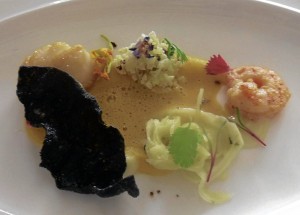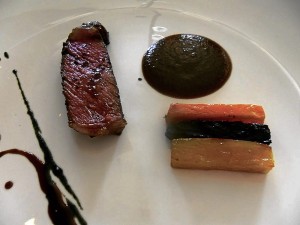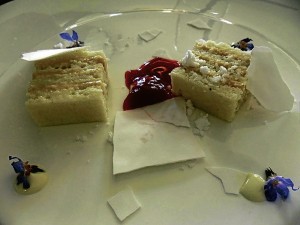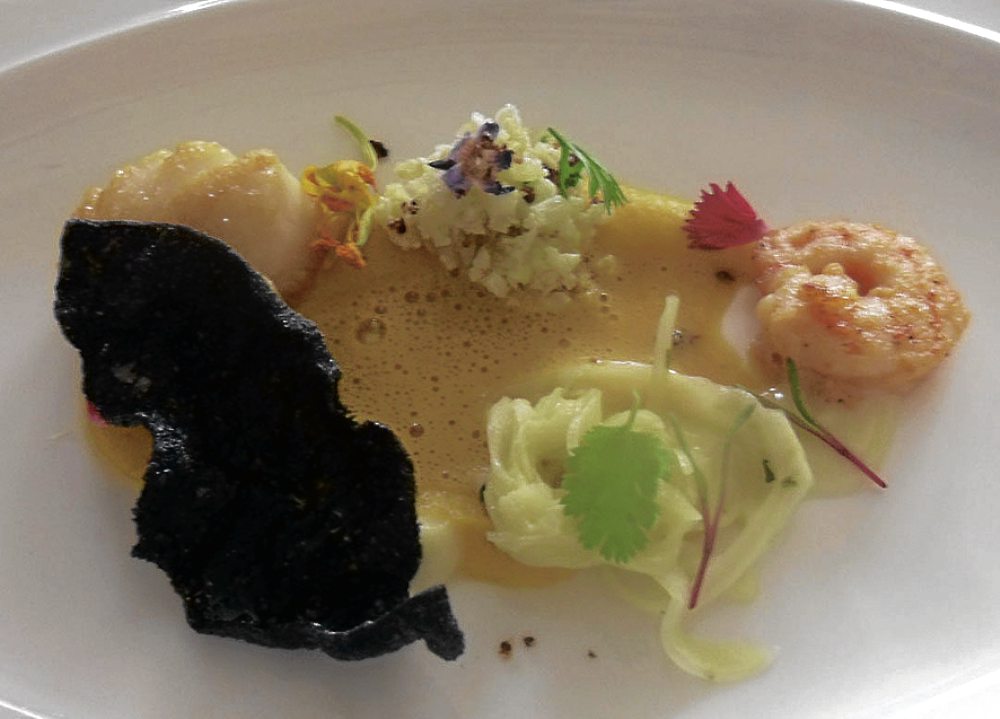
There seems to be a growing curiosity about what our national heroes ate. Many of the local TV shows have been asking me that question, requesting for an interview on the subject, even hoping that I do a cooking demo.
I refer them instead to Mila Enriquez’s book, “Kasaysayan ng Kaluto ng Bayan” (Zita Publishing Corp., 1993), or to Rizal’s writings and Felice Sta. Maria’s “Foods of José Rizal” (Anvil Publishing, 2012). Besides, I’m not a chef, so I don’t do demos.
A recent cooking competition of the Quezon City Tourism Council had “Food of Our Heroes” as its theme. As one of the judges, I asked the professional chefs which hero inspired their dishes. The dishes presented were quite good, though the connection to the heroes was minimal even when the chefs were required to research.
The funniest answer came from the members of one team, who said Andres Bonifacio inspired them and so the three dishes they did were nicknamed “KKK.” The appetizer was tinapa with kamote tops, followed by kaldereta and krème brulee. It made the judges chuckle, but wasn’t enough to make them win.

Apparently, another hero inspired chef Rob Pengson of The Goose Station. He said that when he thought of making José Rizal’s life and works as the basis, the ideas flowed easily. And with the help of his wife Sunshine, and his staff, the Rizal menu began to take shape. Each course included a quote from the hero. It was expected that the output should include molecular gastronomy techniques that the Pengsons have adopted as part of their cooking.
Five snacks
The Goose Station always starts with a “snack,” and this one lined up five of them. A kropeck was topped with lumpiang hubad, or vegetable spring roll without the wrapper. There was a column of tuna tartare kilawin. Mango and kesong puti (Laguna cheese) were combined. Foie gras with guava tart, as imagined, worked well. There was coffee with cocoa crumbs like a pretty mini cake.
Seafood dominated the next dish, inspired by Rizal’s trip to Singapore, which he described as “the town bordered with streets… a rather pretty town.” Shrimp and scallops were grilled a la plancha or on a hot metal plate the way they do it in Spain, then served with a sauce of spiced pumpkin. The concoction was called Singaporean bisque.
On the side was a crackling made jet black with squid ink and produced through a dehydrator, an equipment used in molecular gastronomy.

The next dish was intriguing—foie gras taho with a Pedro Jimenez sherry reduction and some tapioca. If that seems like a mix of so many cuisines or cultures, it was the chef’s way of agreeing with Rizal’s quote: “I attracted the attention of all who saw me; they called me Chinese, Japanese, American, etc., anything but Filipino! Our poor country—nobody has ever heard of you.”
The mix was interesting and enjoyable. But Rizal’s sentiments may no longer be true, as Filipinos are all over the world today.
Ilonggo cooking
The fourth course can be said to be a showcase of Ilonggo cooking. There was inasal of squab, santol shrimp paste and a sauce of sour and sweet combo—sinamak (Ilonggo vinegar mix) and beets. Perhaps it is the cooking that Pengson knows very well because he has family connections to the place. He should really work some more on other regional cooking.
The beef was done perfectly and flavored like bistek, that incomparable calamansi with toyo mix. It had a streak of dinuguan or black pudding, if you wanted to call it that. This course and the one before played with red and black colors, a sign of impending doom for the hero.
Finally, dessert of tres leches with coconut and sampaguita. Out of what looked like a neat serene scene was a burst of red raspberry. The quote that went with the dish was from Rizal’s poem, “Mi Ultimo Adios” (My Last Farewell): “I die without seeing the dawn brighten over my native land.”
The Rizal menu of The Goose Station connected words with food, fostering a bit more understanding about the total dish in front of you. You can eat your way through it without any explanation, of course. But you may miss out on the whole experience that, like a true degustation, wasn’t heavy even with the quotes.
Doreen Fernandez Awards

“Savor the Word” (Anvil Publishing, 2012), the compilation of 10 years of The Doreen Gamboa Fernandez Food Writing Awards, was launched last week at the Atrium of SM Megamall in Mandaluyong. It was a time as well to award the winners of the 2012 contest that had himagas (dessert) as the subject.
Many of the past winners were there, a reunion of sorts, while their pictures during the awarding of years ago flashed onscreen. It was a time to catch up on news about each other and to savor the cocktails provided by C2, InterContinental Hotel Manila and The Manila Peninsula.
The book is available at National Book Store.
E-mail [email protected].









































